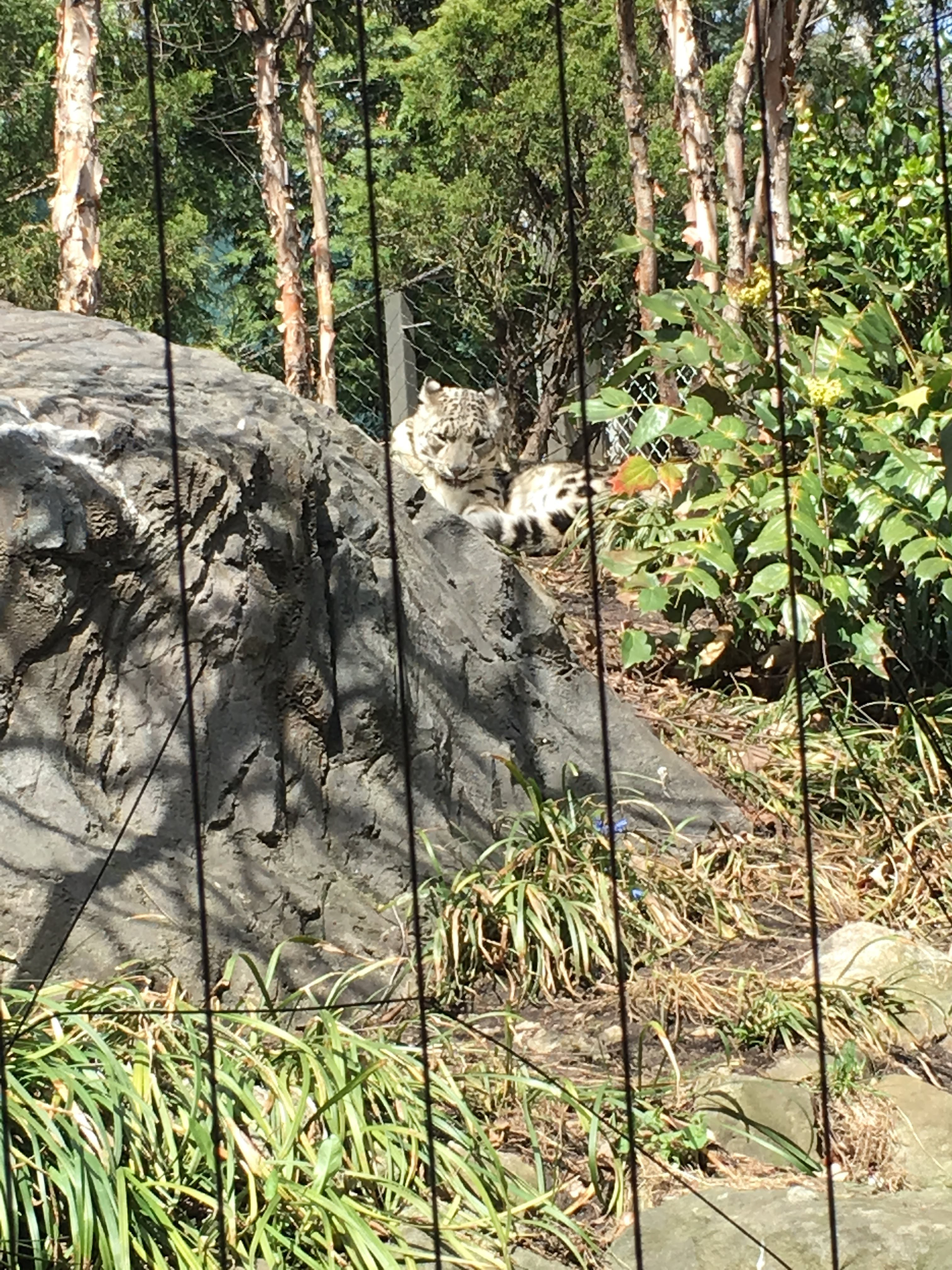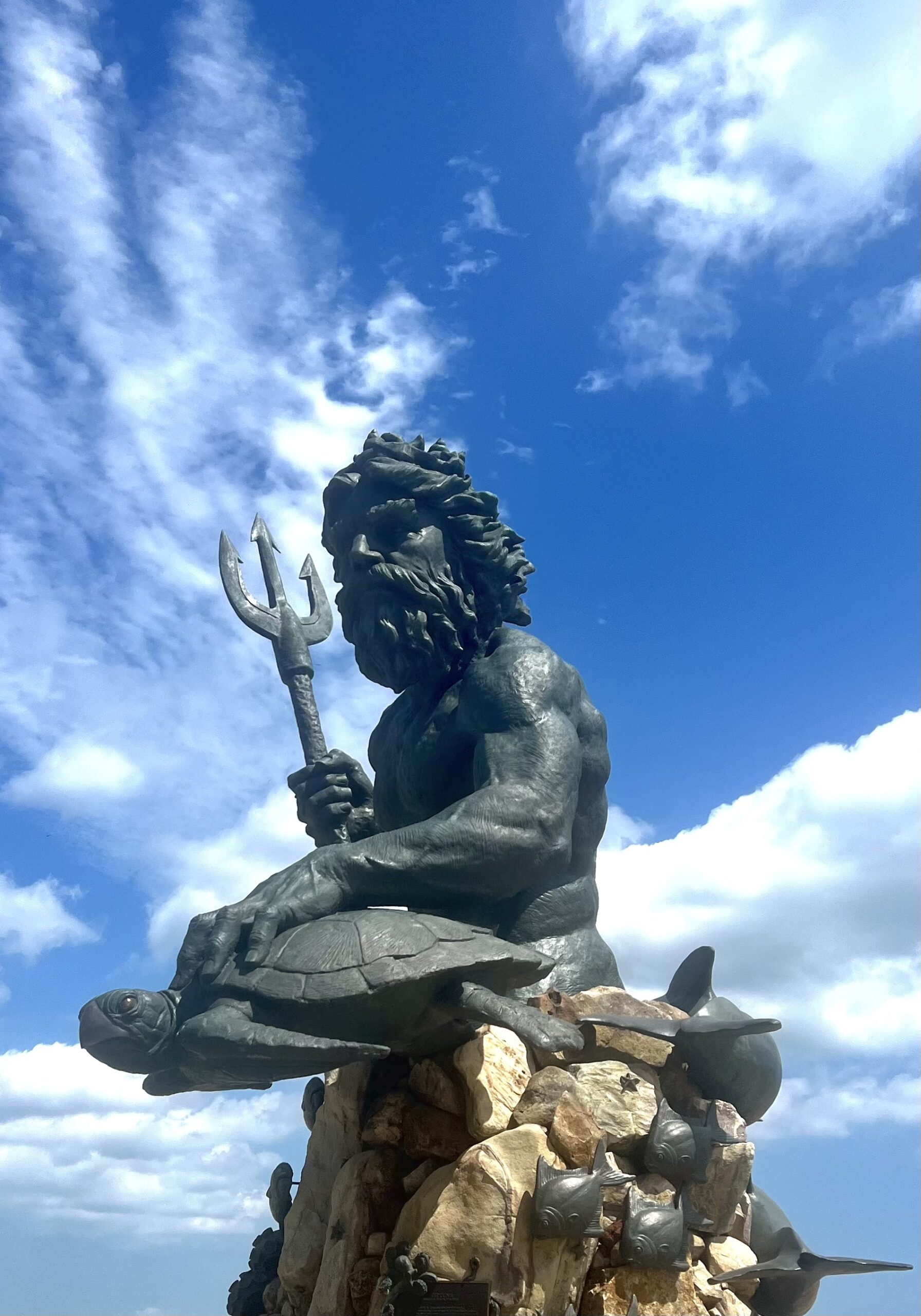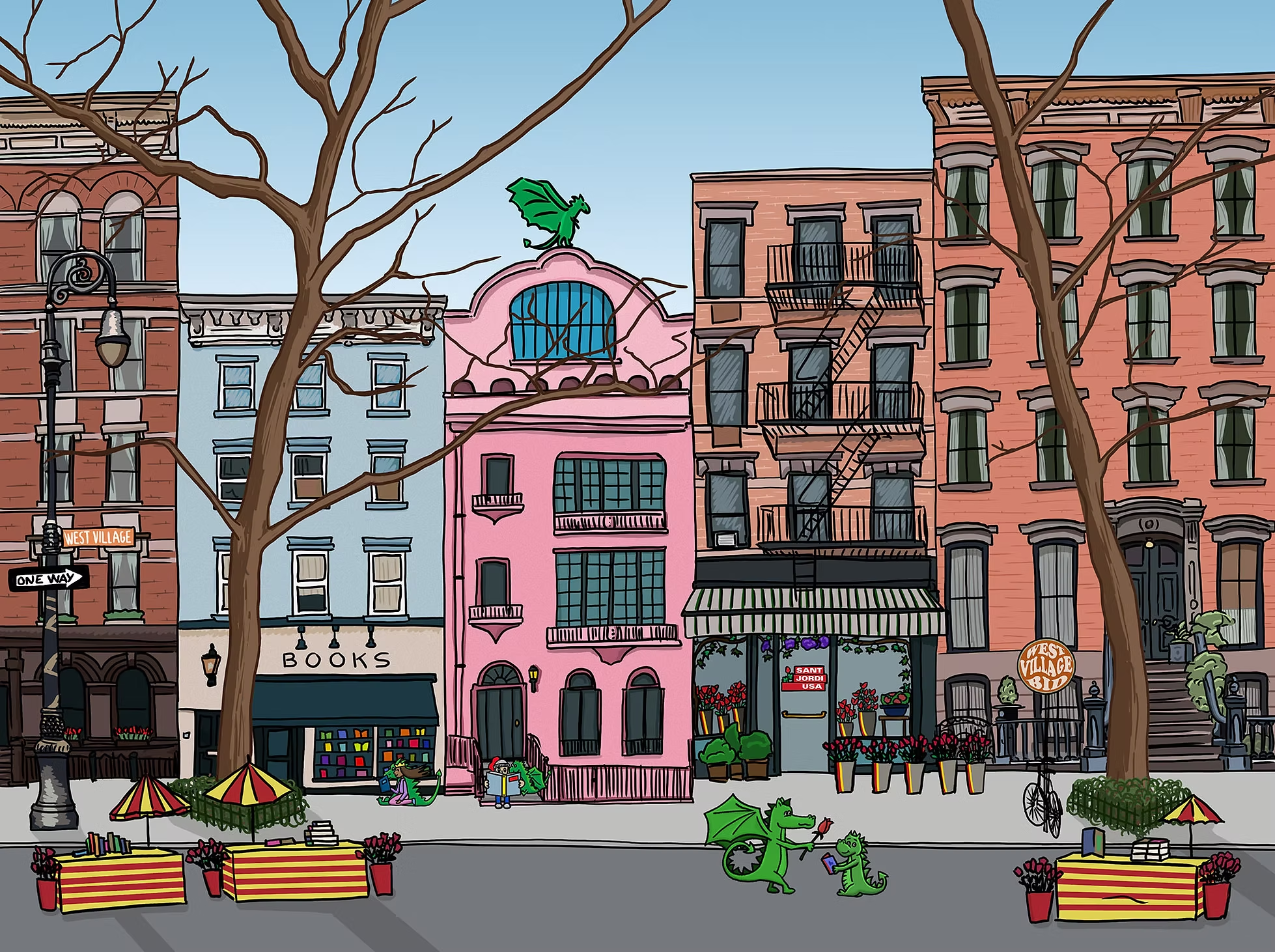
The Bronx, New York
The tiger was showing off, pacing alongside his swimming pond, looking as if he might jump in at any moment. His long tailed curled inquisitively, like a housecat’s. At least twenty people held up phones to capture the moment on video. My five-year-old son stood by the glass divider, watching, rapt. Several feet away, holding my seven-month-old baby girl, I observed the tiger’s pixelated clones prowling across tiny screens.
I wondered what would happen to those digital tigers. Would anyone ever watch those videos? Would visitors send them to friends and relatives, and post them to social media accounts? Or would they do nothing except save them, beaming them up to the cloud, never to be retrieved? Would they be discovered, millennia from now, by a future generation of humans or robots or whatever forms of intelligent life may follow us? Would one of these ill-lit videos end up in a museum? What conclusions might museum-goers draw from such an artifact? What if they didn’t know what a zoo was?
What a comforting thought, that a future civilization might not invent zoos.
I can’t say I’ve always found zoos depressing. As a child, I liked them, maybe even loved them, though I don’t remember going very often. I grew up in a rural part of western Maryland, where I saw wild and domesticated animals every day. After school, I would roam my yard and nearby fields, observing rabbits, groundhogs, deer, wild turkeys, red-tailed hawks, crawfish, crows, sparrows, red-headed woodpeckers, screech owls, black snakes, garter snakes, bees, wasps, praying mantises, and all kinds of farm animals—cows, horses, pigs, sheep, dogs, and cats, always cats. I loved cats best of all, because they were so gracefully powerful, so clearly related to panthers, leopards, lions, and tigers. I also admired their freedom — it seemed to me that cats had decided to make their home among humans, rather than humans having encroached upon their space.
In zoos, animals are obviously confined, and in the later years of childhood, this simple fact started to spoil my enjoyment. I hated that I wasn’t seeing animals in their natural environment, that it was all fake. I remember visiting the Smithsonian’s National Zoo in Washington, DC with my parents and feeling a vague, angry melancholy as I walked along sunny, paved paths, landscaped with beautiful azaleas and other flowering bushes and trees. It was around this time — the late 1980s — that I was becoming aware of the scope of human destruction on the natural environment. I’d seen before and after photos of clear-cut rainforests: those lush, green, watery and mysterious ecosystems suddenly transformed into a landscape as plain and rough as sandpaper.
Since then, the estimated world population has increased by two billion, which means that there are over 30% more humans on the planet during my son’s childhood than there were during mine. His relationship to the natural world is going to be different, not only because he’s growing up in an urban area, but also because there aren’t as many animals on the planet now, either in kind or in number. A 2014 World Wildlife Fund study reported that population sizes of vertebrate species have declined by 52% over a forty-year period, a number that’s all the more shocking because in 2012, this percentage was much lower at 28%. Things are changing quickly.
Like a lot of small children, my son adores animals and loves to imitate their behaviors. He likes to go to zoos so he can study their movements for dramatic play, later on. Because of his enthusiasm, I’ve had to learn to visit zoos again. I still feel depressed on behalf of the animals who are unable to roam free, but I no longer experience zoos as inauthentic places. Now I see them as accidentally representative of the natural order. When a huge crowd of humans gathers to gaze upon a tiger surrounded by glass, there is something truthful in the ratio of tiger to humans. And when dozens of those crowded humans record videos of the tiger to share with distant grandparents, friends, relatives, and even strangers, there is something elemental in their devotion to social life, something significant in this manifesting in a virtual world populated daily by deathless digital animals of all shapes and sizes.
And when a woman watches this all, new baby in arms, a child born with a mother’s ruthless understanding of the resources an infant will consume, and of the animal lives another human body may directly and indirectly supplant, there is truth there, too: an awareness shaded by confusion, despair, and at the same time, helpless delight in the baby’s rapid growth and good health. She watches her son jump away from the glass, frightened even though he’s old enough to understand that he’s not the one in danger.
Hannah Gersen is a fiction writer and staff writer at The Millions. Her debut novel, Home Field, was released in 2016. Read more at hannahgersen.com.
Photo by the author




